Pencil grasp development begins long before children are ready for formalized writing. It begins even before even the first coloring and scribbles are put to paper, before the one you, as a parent, so proudly hang on the fridge.
In fact, you might be surprised to find that pencil grasp development begins when children are babies; when they are just barely out of the newborn stage.
After your little one gets the hang of the pencil grip, check out our Ultimate Preschool Activity Pack in our shop!

Join me as I go in depth about pencil grasp development. First, I will be sharing how baby’s first grasps develop into the beginning pencil grasps common for toddlers. Then, we’ll chat about how preschoolers transition from those common grasps used by toddlers into a grasp that is more developed and allows more control. Finally, I will share what a proper pencil grasp looks like and when parents should begin to worry.
Pencil Grasp Development in Babies
Nope, you didn’t read that subtitle wrong. The development of correct pencil grasp begins well before a child begins writing, and even before a child begins using writing tools. Pencil grasp development begins as soon as your child begins grasping toys, which usually begins at three to four months of age. When a baby grasps a rattle or teething ring he is demonstrating the first steps in learning how to write.
At this point the motions of a baby grasping are uncoordinated and baby might use his arms to support the object. It is not uncommon for him to grasp at a toy, but still developing the muscles to control that grasp, he might use his arms to gather the object in combination with the grasp. This is most commonly seen as a baby first tries to grasp a toy and bring it to his mouth.
As babies develop and gain mastery in grasping toys and other objects (like Mama’s hair) their grasp develops into what is called a palmer grasp. This is when baby uses his whole hand to grasp a toy, however there is minimal thumb use. The four fingers are doing the brunt of the work. This usually happens around six months of age.
At around seven months, baby will start to use the thumb more in the grasping process. This is called the radial palmer grasp. The bulk of the grasp is still controlled by the whole hand, but by using the thumb baby has developed much more control. Babies strength of grasp has improved, too. By eight months, baby will use a raking motion using all four fingers and the thumb to pick up toys.
By ten months, most babies begin using a pincer grasp, which is where just the pointer finger and the thumb are used for pick up an object, such as when baby is sitting at the high chair eating solids (or finding niblets in the carpet forgotten by older siblings).
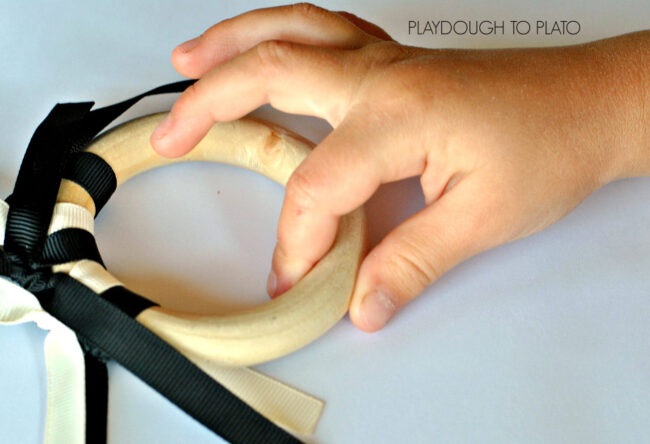
The pincer grasp, specifically, is needed for pencil grasp development, and one of the best ways to develop the pincer grasp in babies is to offer solid bits of food, like “o”-shaped cereal, one piece at a time. (Please be responsible and never leave your baby unattended while eating.) Offering pieces one at a time limits baby’s use of the raking motion mentioned above, and encourages the use of the pincer grasp. However, this is only necessary if baby’s pediatrician is specifically concerned about baby’s pincer grasp development.
Pencil Grasp Development in Young Toddlers
Young toddlers, between twelve and fifteen months of age, then transition their grasp into what is called the palmer supinate grasp, which is where the child uses their whole hand to grasp objects. (I call it the “death grip,” because if a toddler really wants something he will use this tightly fisted grip and you literally have to peel the object out of his hand).
This is the first stage in what many parents think of when they think of pencil grasp development. When holding a pencil using the palmer supinate grasp, the pencil will be grasped with the entire hand, including the thumb, and the palm nearest the pinky will be closest to the paper. The pencil is also held at a 90 degree angle to the paper, making the pencil completely vertical. Using this grasp, a child will use his entire arm, not just the hand and wrist, for control while coloring and scribbling.
While young toddlers have a tendency to put things in their mouths and possibly munch on crayons and such, it is still important to give children at this age exposure to various writing utensils. Yes, fine motor activities are incredibly effective in developing pencil grasp, but so is exposure and experimentation with different kinds of crayons, pencils, markers, pens and paints and such. Please be responsible and supervise your toddler at all times to prevent tiny bites being taken from said writing materials and for a measure of extra safety, please offer non-toxic materials.
What Happens Next?
Next, I’ll be sharing how pencil grasp develops in older toddlers as they transition into preschoolers. Specifically, I will be writing about the cross radial palmer grasp and how during the older toddler and preschool years it develops into the modified tripod grasp. I’ll also be sharing ideas on how to improve your child’s pencil grasp as a way to better prepare her for kindergarten when writing will play a more prominent role in her day to day life.
For More Information
Please note that I am an experienced preschool teacher, not an occupational therapist nor a pediatrician. This information is provided to you via my own research. If you have questions or concerns, please direct them to the appropriate specialist.
For more information about pencil grasp development, check out the following links:
Difficulties in Writing by Dr. Mel Levine
Pencil Grip: a Descriptive Model and Four Empirical Studies by Ann Sophie Selin
Comparison of Pencil-Grip Patterns in First Graders With Good and Poor Writing Skills by Colleen M. Schneck
For some preschool fun, check out our Ultimate Preschool Activity Pack in our shop!


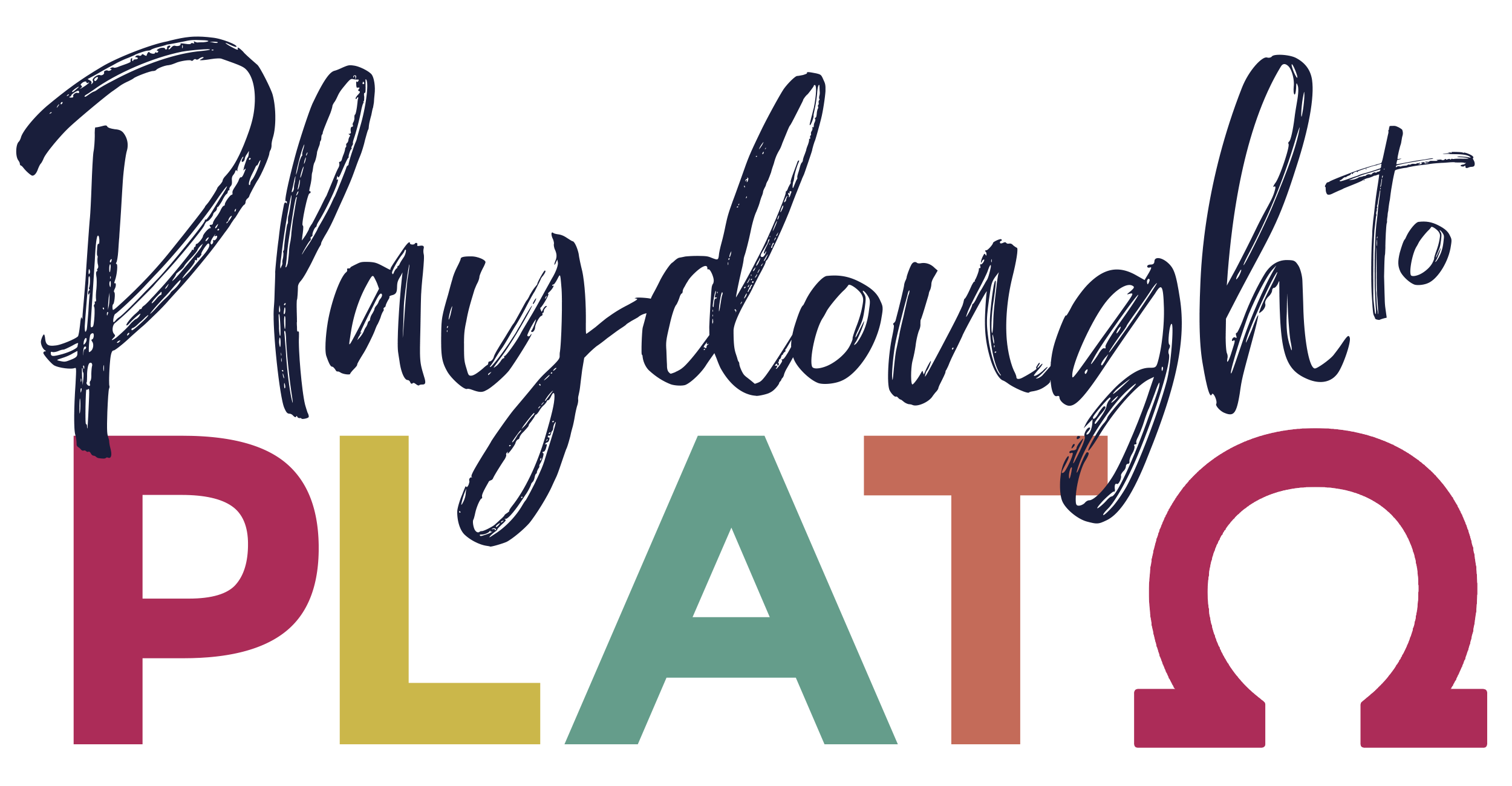
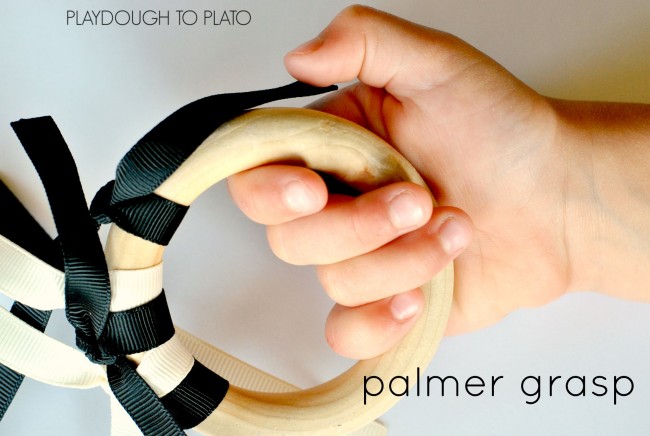
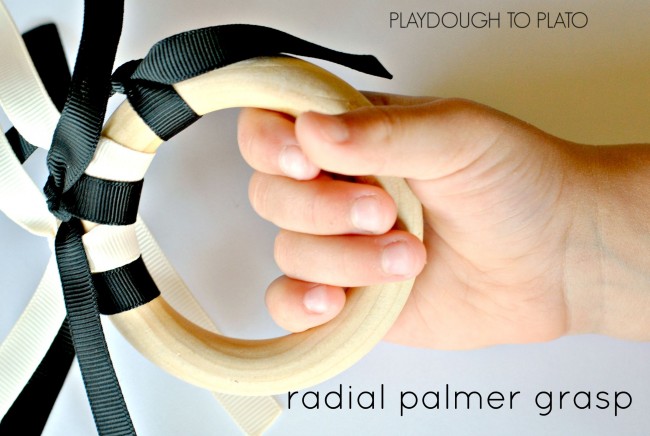
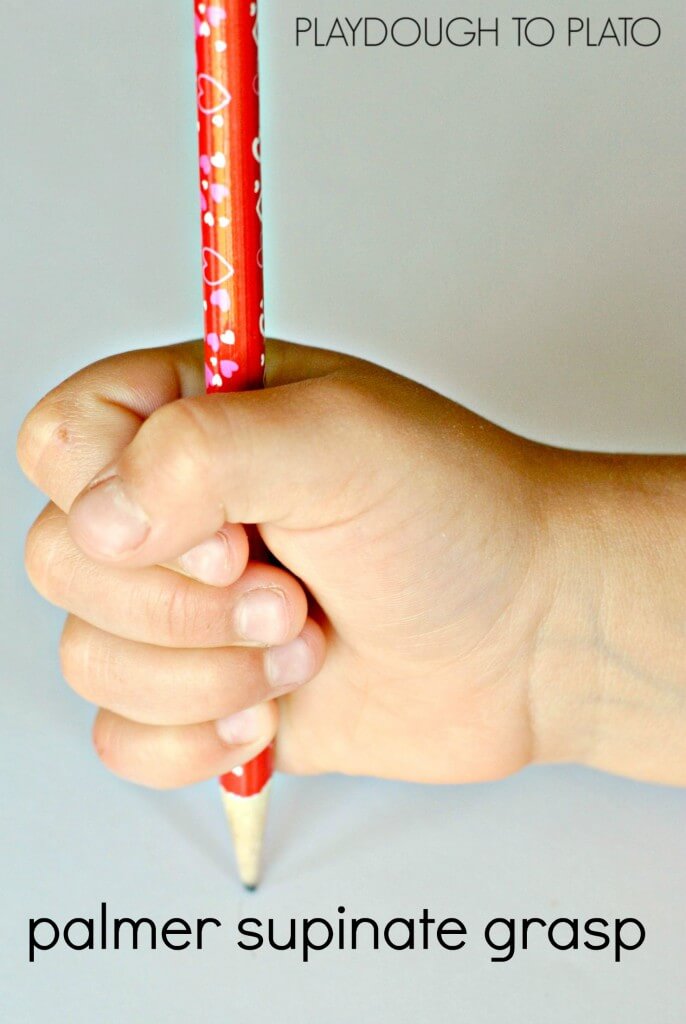
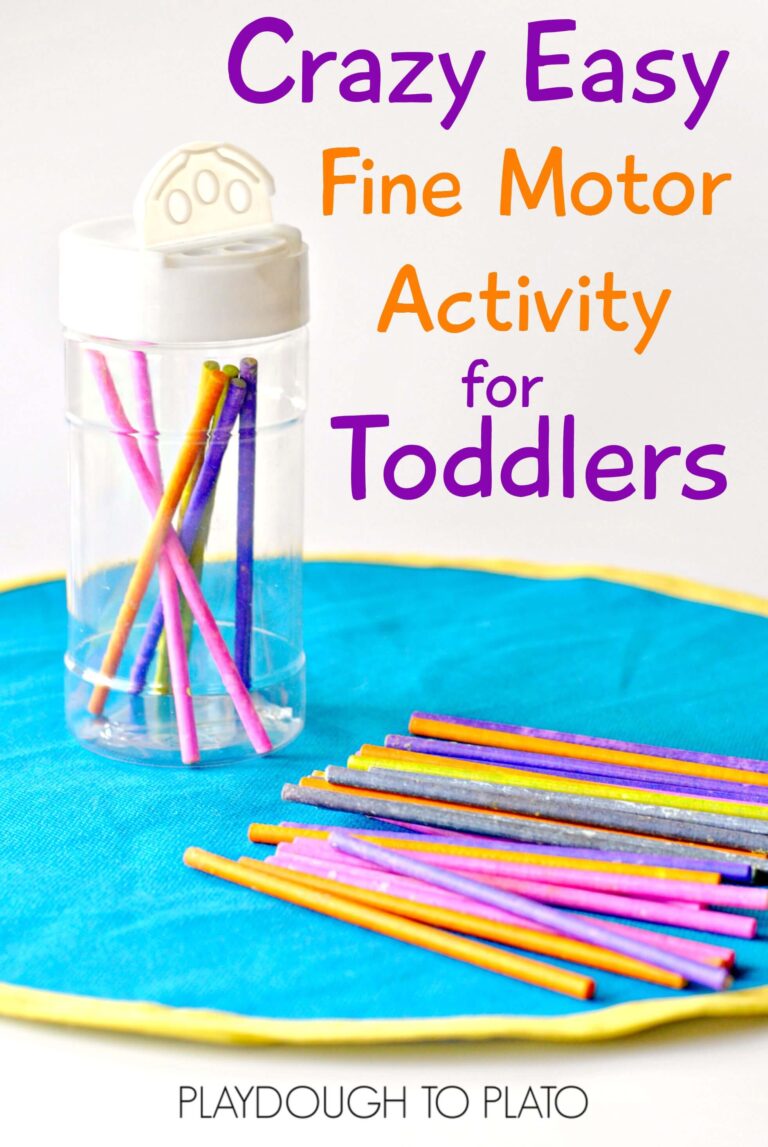
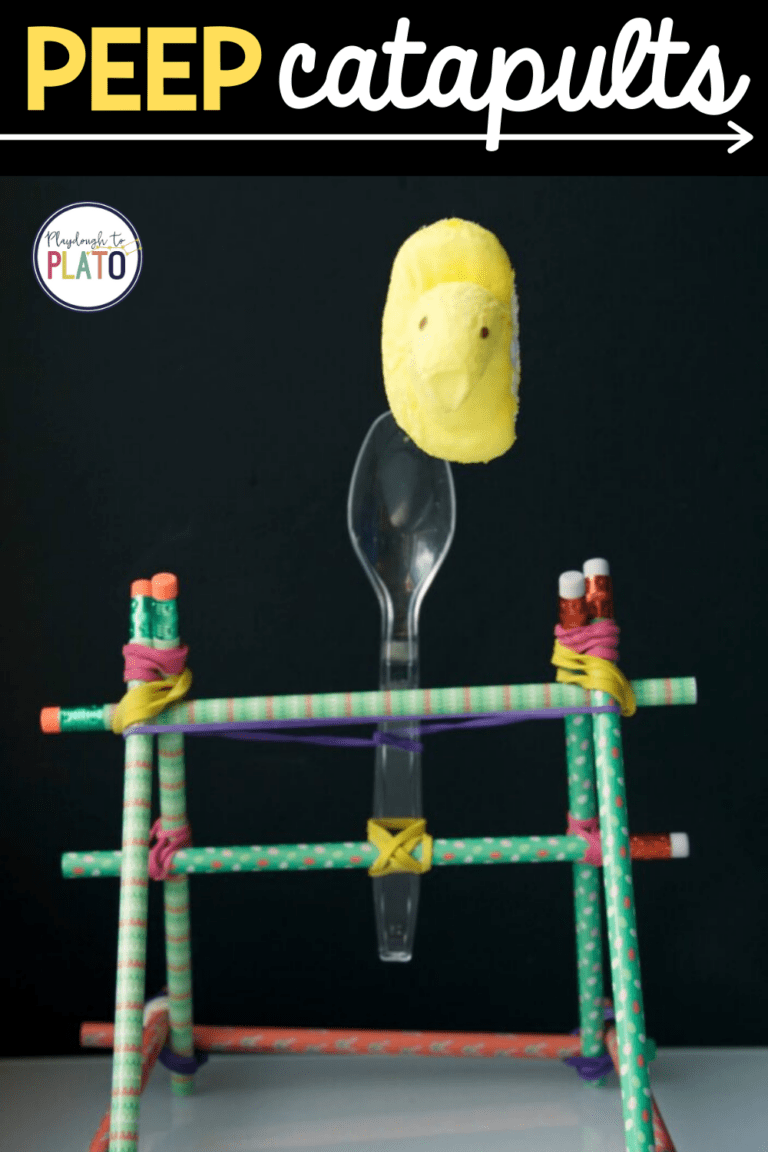
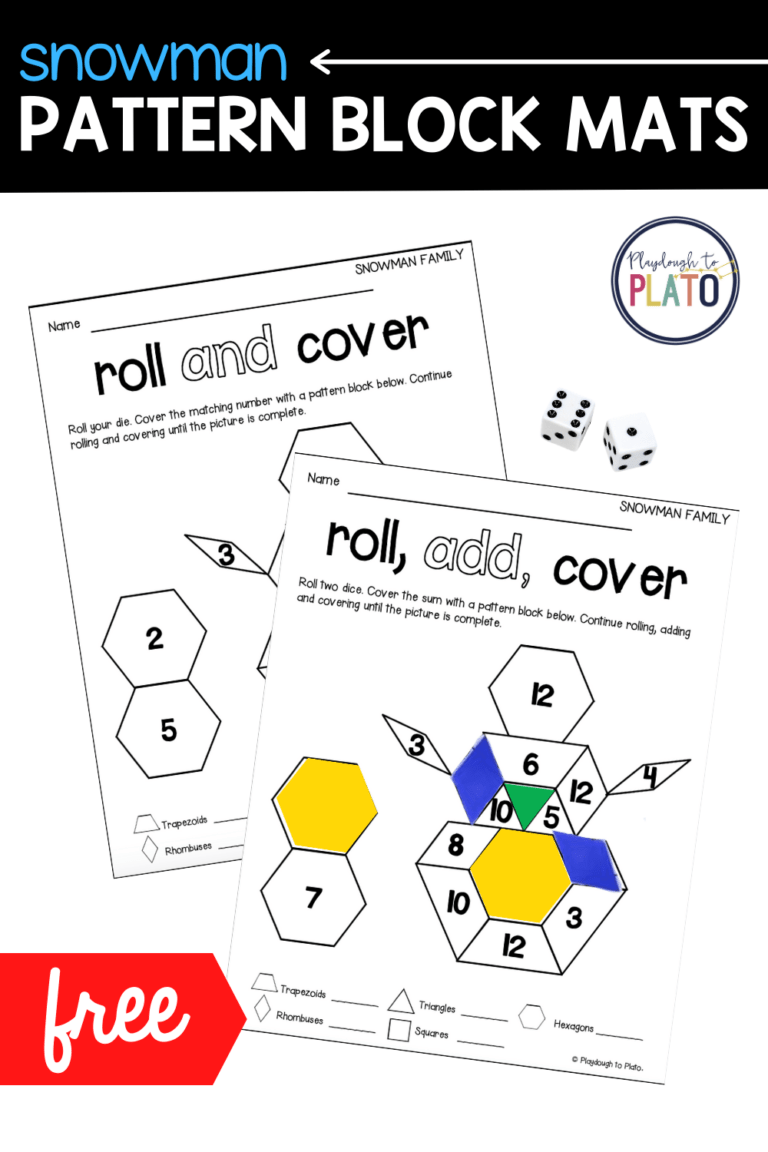
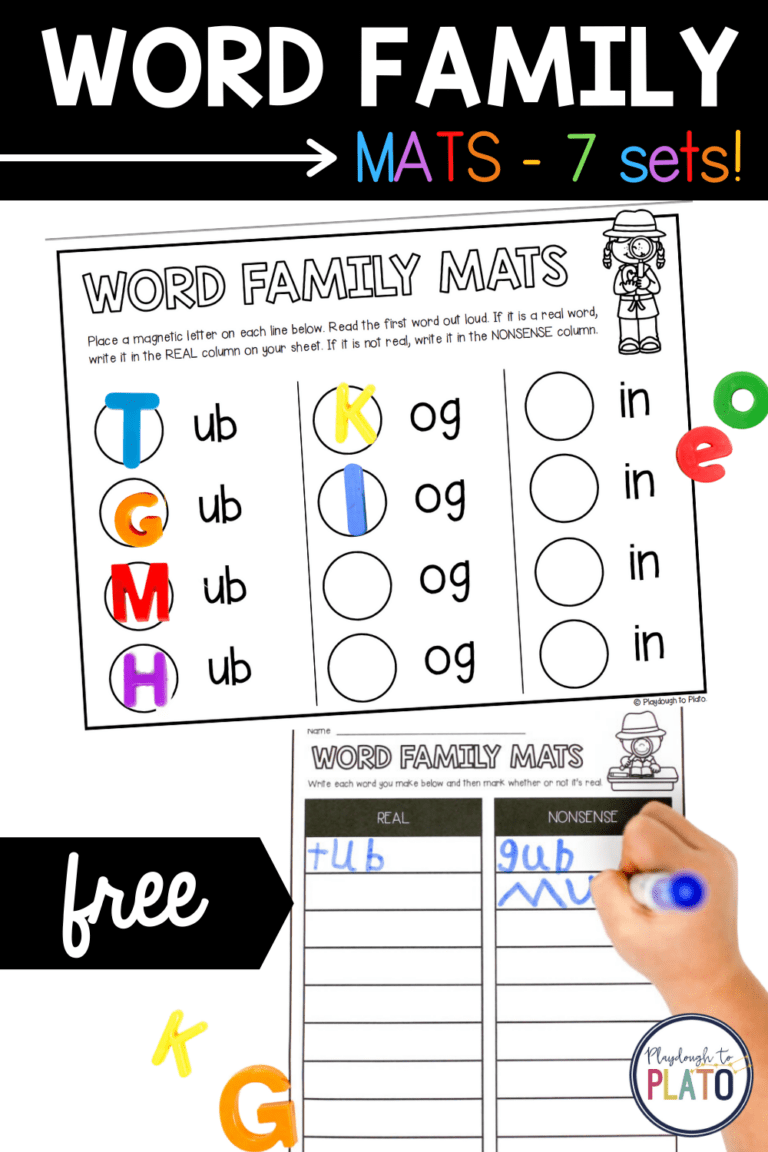
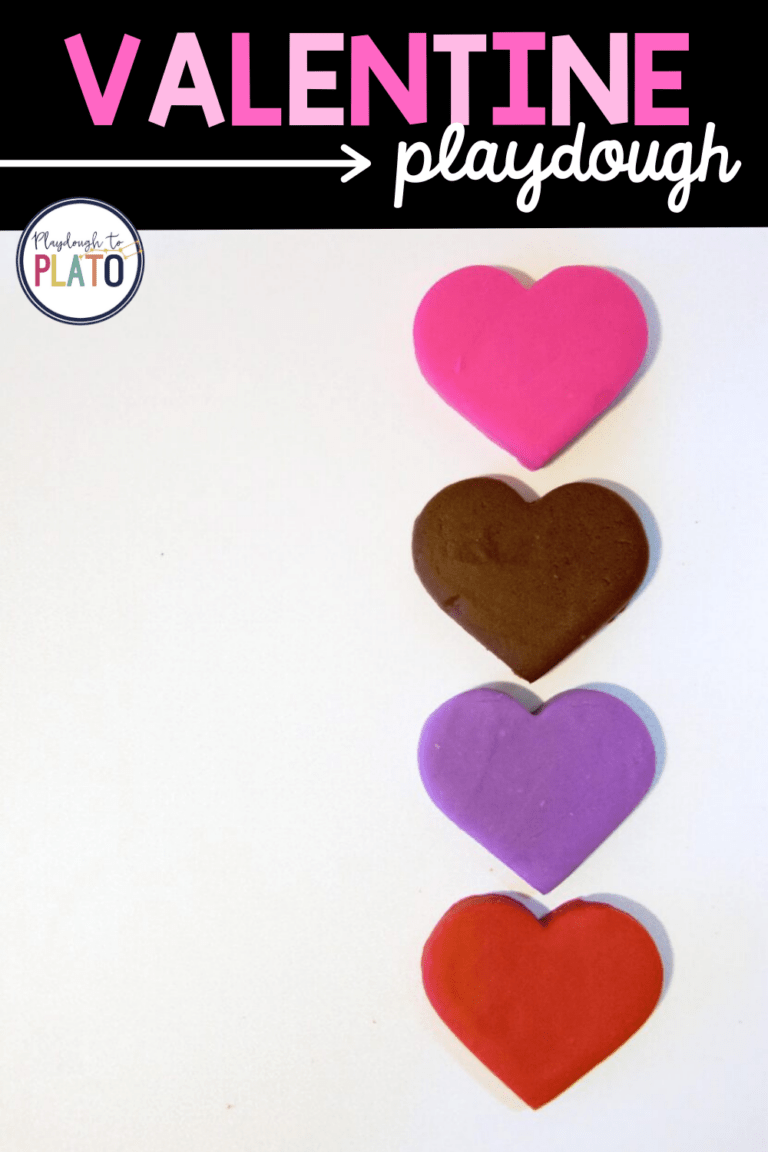

My toddler began using the tripod grasp at around 18 months. Is it normal for them to go straight to that? She used the palmer grasp for a while but not very long.
Hello Kaitlin.
Thank you so much for reaching out. Every child’s development is so different! It sounds like your little one is ready to move on.
As her mom, you know best, trust your instincts, challenging her will encourage and enthrall her to keep growing and developing.
Have so much fun on this journey!
Kimberleigh
My daughter is fourteen months old and strangely she can held the pen just like adults.
That is so awesome! Great hand strength! ?
My baby started utilizing the stand handle at close to year and a half. Is it typical for them to go directly to that? She utilized the palmer handle for some time however not extremely lengthy.
Great examples to use in my class. One note: it’s “pincer”, not “pincher” grasp.
Thank you so much for letting us know! We’ve corrected the error. We’re so glad you’ll be able to use the examples for your class.
Warmly,
Sarah // Playdough to Plato Team